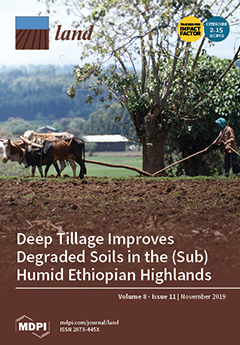Resource information
Te Tiriti o Waitangi, signed between Māori rangatira (chiefs) and the British Crown in 1840 guaranteed to Māori the ‘full, exclusive and undisturbed possession of their lands’. In the decades that followed, Māori were systematically dispossessed of all but a fraction of their land through a variety of mechanisms, including raupatu (confiscation), the individualisation of title, excessive Crown purchasing and the compulsory acquisition of land for public works. Māori, who have deep cultural and whakapapa (genealogical) connections to the land, were left culturally, materially and spiritually impoverished. Land loss has long been a central grievance for many Māori and the return of land has been a guiding motivation for whānau (extended family), hapū (sub-tribe) and iwi (tribe) seeking redress from the Crown. Since the 1990s, many groups have entered into negotiations to settle their historical grievances with the Crown and while land loss and the deep yearning for its return are central to many Māori claims, precious little land is typically returned to Māori through the settlement process. This paper seeks to critically examine the Treaty settlement process in light of land restitution policies enacted elsewhere and argues that one of the many flaws in the process is the paucity of land returned to Māori.


